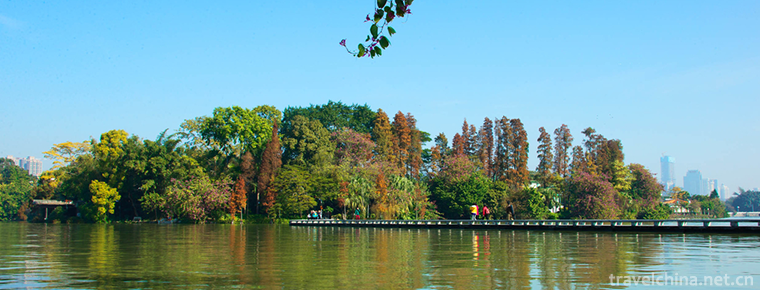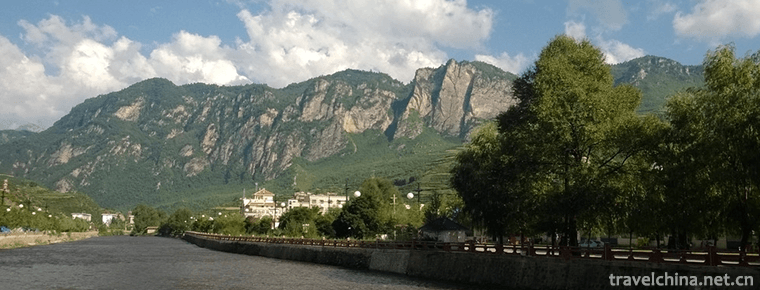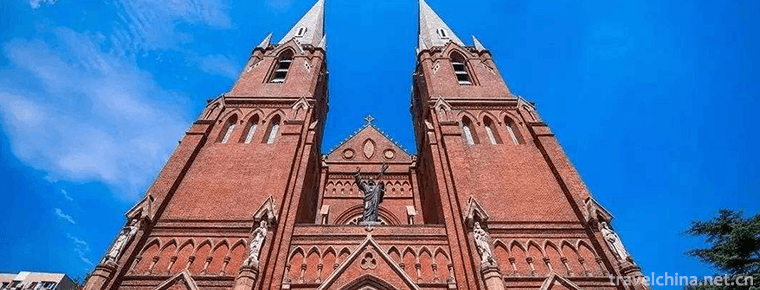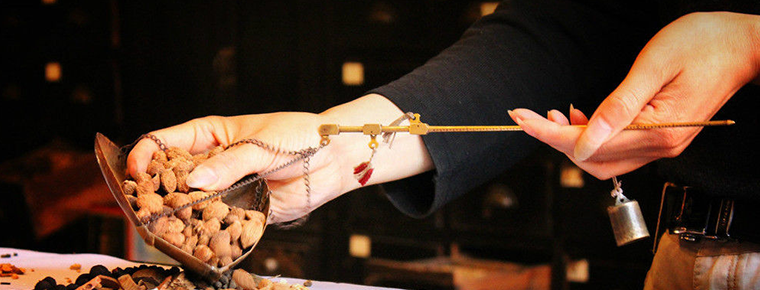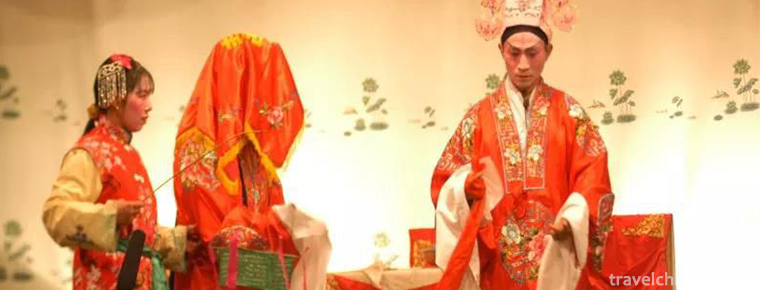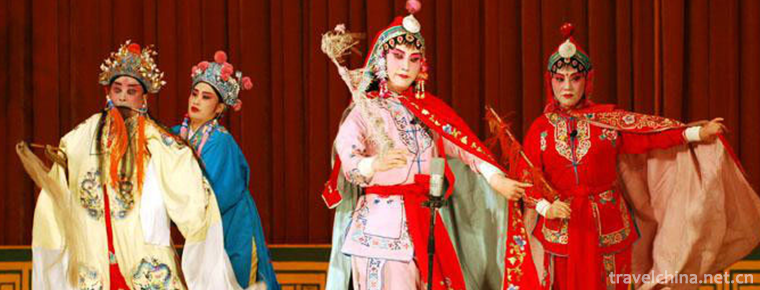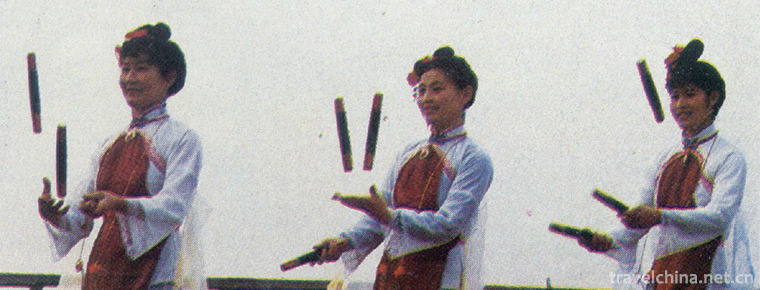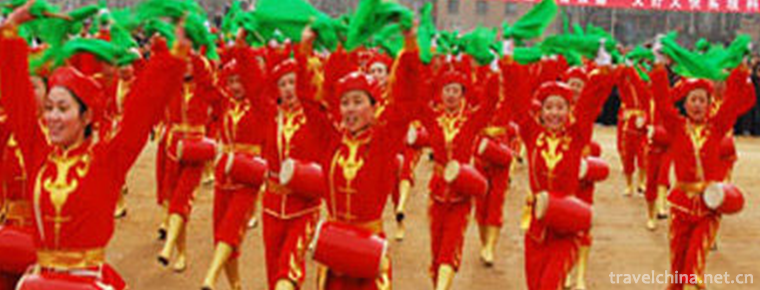Dry pot
Dry pot, one of the Sichuan cuisine production methods, originated in Mianyang, Sichuan Province, belongs to the northern Sichuan cuisine, spicy and fragrant taste. The difference between the method and traditional hot pot is that the bottom of the pot does not add water but directly cooks the vegetables with red oil, which is higher than the temperature of the hot pot. The dishes have the burning aroma of stir-fried dishes, which is different from the cooking method of the hot pot. Compared with the hot pot and soup pot, the soup is less, more flavor; do not need to order, dishes with relatively fixed, can be eaten directly. In operation, dry pot is more convenient than hot pot and Chinese food, occupying a small kitchen area, so it is favored by consumers and investors. Compared with chafing dish, the dry pot has not yet had a strong brand, and it is a brand catering to the market potential. The main varieties include: dried pot chicken, dried pot duck, dried pot mouse fish, dried pot rabbit, dried pot bullfrog, dried pot shrimp, dried pot ribs, dried pot beef and so on.
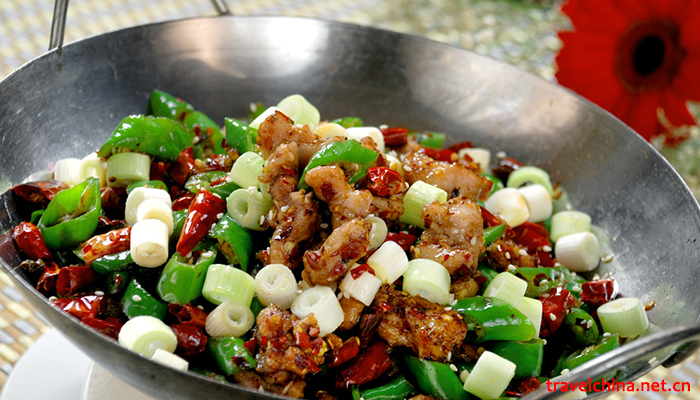
The dry pot is a kind of Sichuan cuisine, and the dry pot is named after the hot pot.
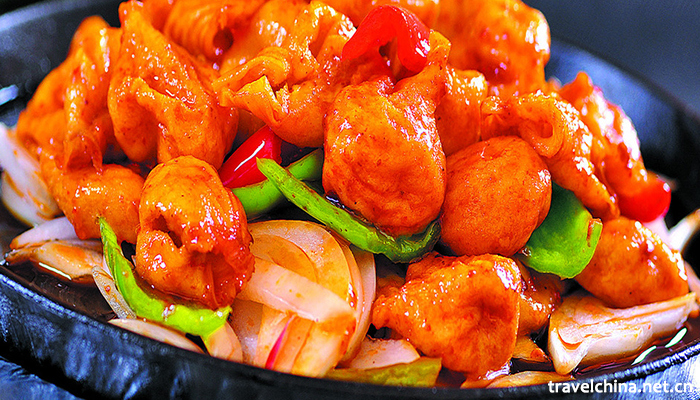
There is a lot of hot pot soup juice to adapt to shake-hot all kinds of raw materials; and dry pot soup juice is relatively small, generally served as dishes directly on the table. The first thing to do is to fry the vegetables in the kitchen and put them into a tin pot to serve the table. In order to avoid affecting the taste of the dishes after cooling, it is necessary to heat the dishes with a small fire and Shovel them with a wooden shovel to prevent sticking. Later, the pot gradually evolved into the main ingredients after eating, and then use the remaining soup (or soup) hot food or other raw materials added by the chef after processing. There are some similar forms of chaffy dish.
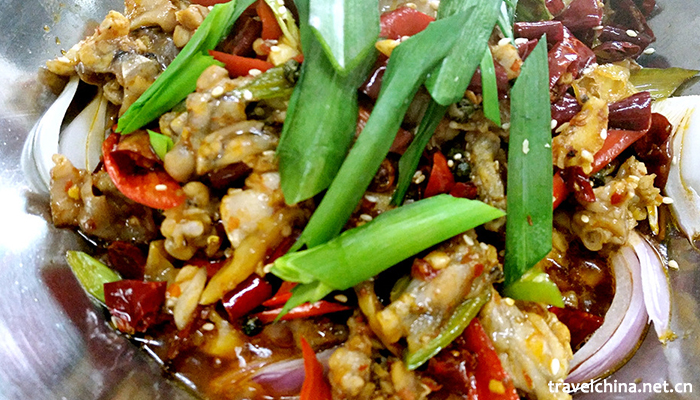
The dry pot originated in Mianyang City, Sichuan Province, and began to prevail in Mianyang from Nanhe dam in 2003. In a large pot, a small pot is characterized by instant melting at the entrance of the duck's palm, spicy in the hemp, spicy in the meantime, there is a unique flavor of raw materials, as well as dry pot rabbits, dry pot chicken, dry pot chicken miscellaneous, etc. After eating, add soup, and then order some shampoo dishes, such as belly, goose sausage, vegetarian dishes, consumed fish and so on to prevent not enough to eat, dry pot. Each pot is prepared with a unique recipe and then stir-fried by a special process. The most important thing about dry pot is freshness. After a sensation, Chengdu and other cities began to follow suit, followed by the evolution of more distinctive series of dry pots, never changing, only raw materials and raw material processing methods, raw materials are different, the fragrance and flavor of the formed dry pots are also different, the busy atmosphere and style of the city into the dry pot. Another style sprouted, and then there were improved techniques and varieties of dry pot, so the spicy saucepan appeared.
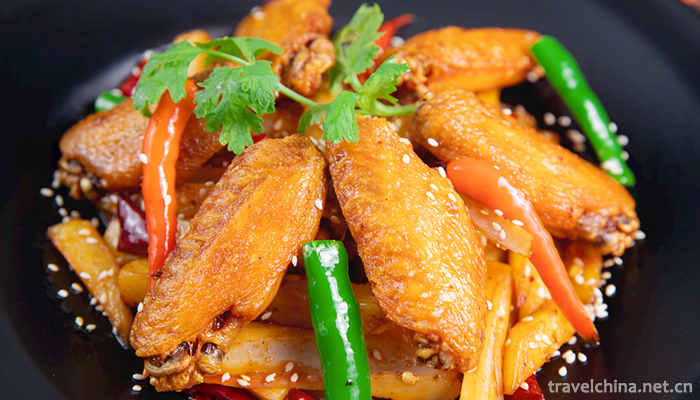
More pic
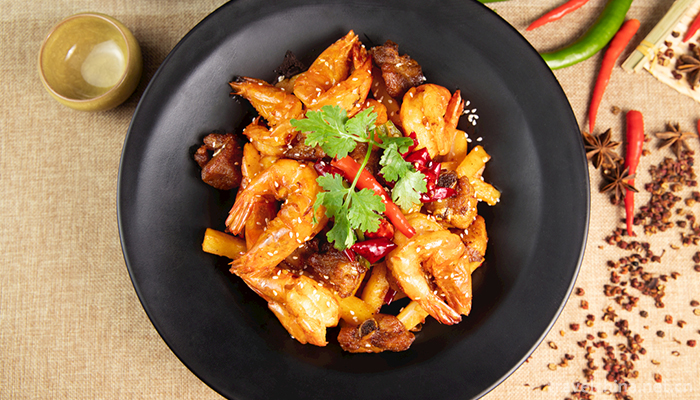
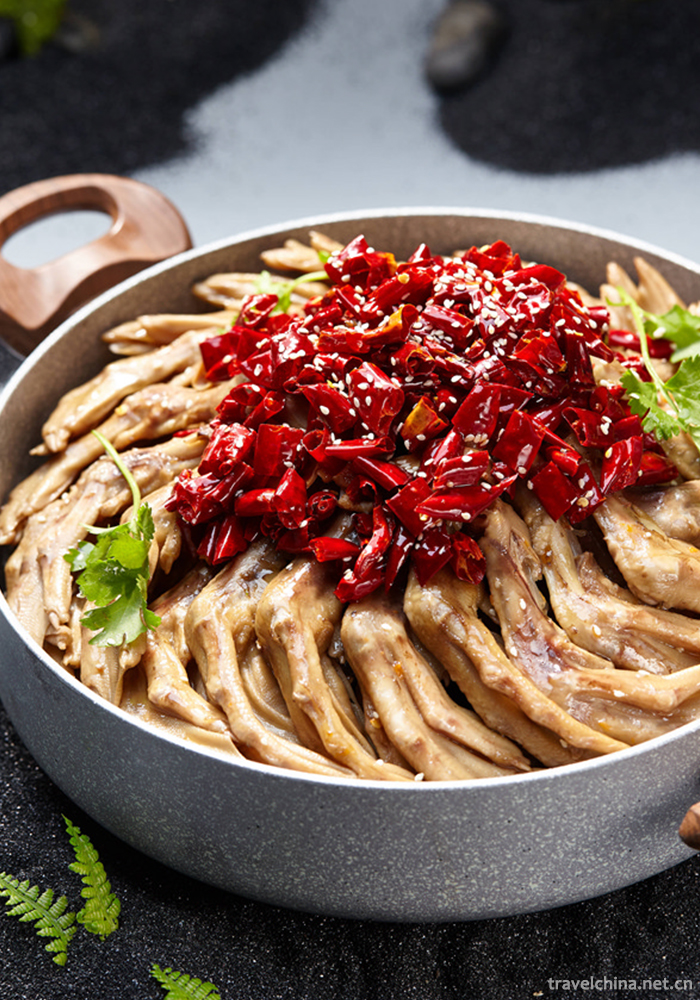
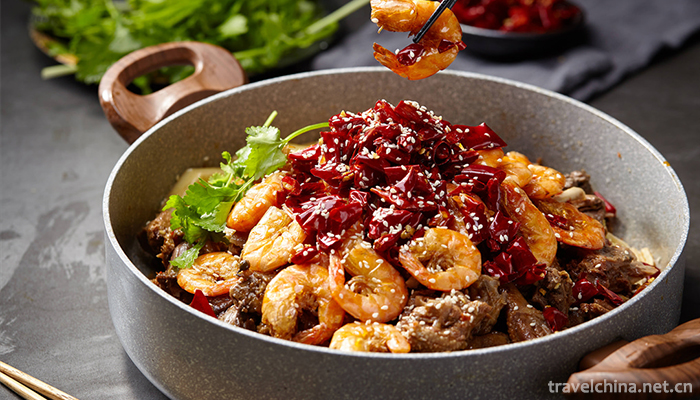
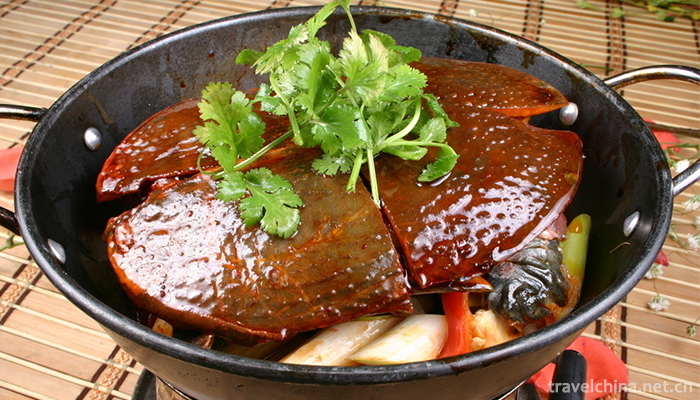
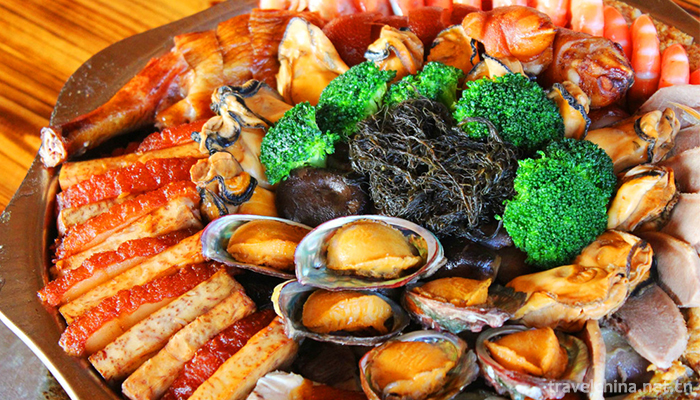
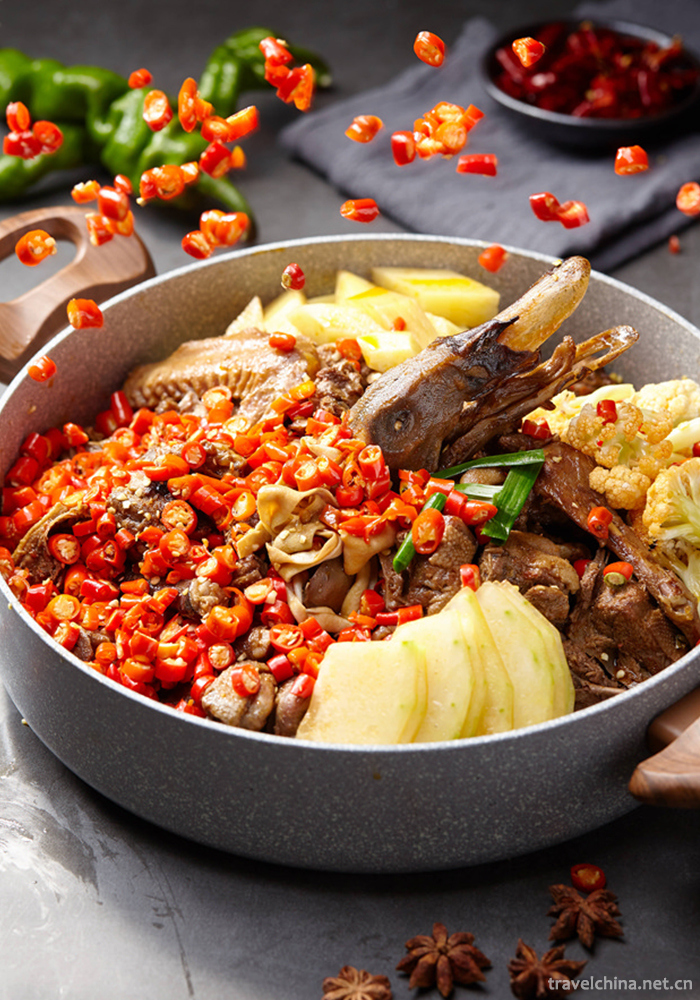

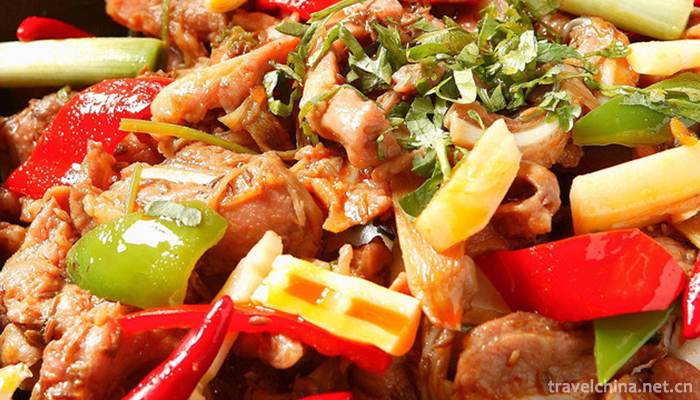
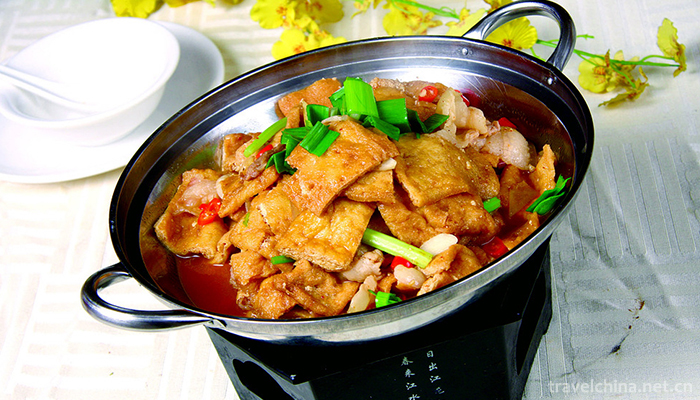
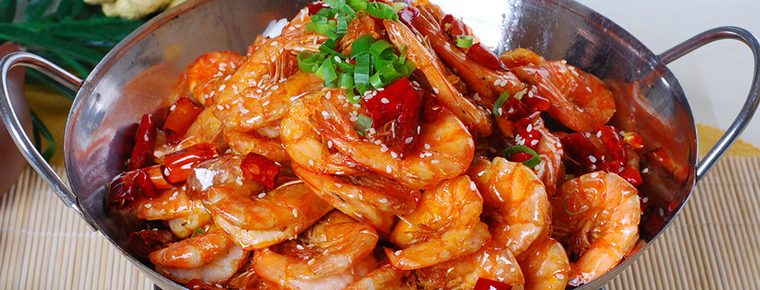
Dry pot
-
West Lake Scenic Spot in Hangzhou
Hangzhou West Lake Scenic Spot is located in the center of Hangzhou City, Zhejiang Province. It is divided into lakeside area, Lake Center area
Views: 120 Time 2018-12-07 -
Castle Peak Pass Scenic Spot
Qingshankuan is located in the north of Qianxi County, 40 kilometers away from the county town, located in the Yanshan branch, the hinterland of Daqingshan Mountain.
Views: 209 Time 2019-02-07 -
Xujiahuiyuan Scenic Area
Xujiahuiyuan Scenic Spot is located in Xujiahui, Shanghai Metropolitan Tourism Center Circle. It starts from Wanping South Road, Tianping Road and Huashan Road in the east
Views: 146 Time 2019-02-26 -
Traditional medicine
Traditional medicine, a list item of intangible cultural heritage. Article 21 of the Constitution stipulates that the State shall develop medical and health undertakings, modern medicine and tradition
Views: 313 Time 2019-04-21 -
Guangchang Meng Opera
Guangchang Mengxi Opera, a traditional local drama popular in Guangchang County, Jiangxi Province, is one of the national intangible cultural heritage.
Views: 131 Time 2019-05-01 -
Mao Qiang
Maoqiang is a local opera popular in Weifang, Qingdao, Rizhao and other places. It was originally a folk humming tune called "Zhou Gu Tune". Legend has it that Maoqiang was named after a nun
Views: 114 Time 2019-05-30 -
Three stick drum
Sanwanggu is a kind of folk singing form widely spread in Youyang of Chongqing, Yongshun County of Longshan County in Western Hunan, Zhangjiajie and Wuyang, Tianmen and Enshi Prefecture in southwester
Views: 329 Time 2019-06-12 -
Yicheng Flower Drum
Yicheng Huagu, according to historical records, existed during the Zhenguan period of the Tang Dynasty, reached its peak in the Ming Dynasty, and only in the Qing Dynasty did this activity have a clea
Views: 215 Time 2019-07-13 -
Guan Yu
Guan Yu(? - 220 years), the word is long, then changed word cloud length. Hedong County Jie county (today) Shanxi Yuncheng People are called "beauty beard Gong". Early follow Liu Bei In the
Views: 150 Time 2019-09-07 -
Xianshi ancient town scenic spot in Zigong City
Xianshi ancient town scenic spot in Zigong City stands on the Bank of Fuxi River 11 kilometers southeast of Zigong City, the "Millennium salt capital", which is in contrast with Zigong, a famous historical and cultural city.
Views: 209 Time 2020-10-15 -
Donghekou earthquake site park
Donghekou earthquake site park, located in Qingchuan County, Guangyuan City, Sichuan Province, is the first earthquake site protection memorial site of Wenchuan earthquake. On November 12, 2008, the opening ceremony and the launching ceremony of the tourism market after the earthquake were held.
Views: 263 Time 2020-11-08
